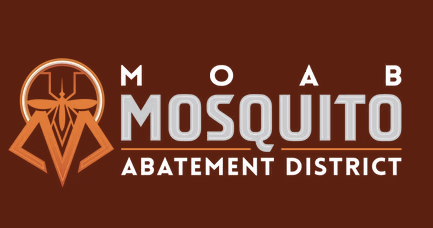Some information may be outdated.
Public health officials are raising concerns that voluntarily-enforced policies aren’t enough to contain the spread of COVID-19 amid record-setting spikes in positive tests in Utah and across the southwest.
“We are quickly getting to a point where the only viable option to manage spread and deaths will be a complete shutdown,” wrote Utah Department of Health epidemiologist Dr. Angela Dunn in a June 19 memo to state and local officials.
As of July 1, the Utah Department of Health reported 22,217 positive COVID tests, with 172 deaths. The Southeast Utah Department of Health reported six active cases of the coronavirus in Grand County, with 12 residents previously diagnosed categorized as “recovered.”
The memo went on to say that the statewide daily count of positive tests exceeded 600 new COVID patients and linked the increase to the state risk level dropping from “orange” to “yellow.” The change in risk status had likely led to people being less careful with social distancing and interacting with more people, Dunn said.
With overall cases increasing and hospitals in both northern and southern Utah reporting limited ICU beds, Dunn went on to recommend that the state immediately mandate face coverings to limit airborne virus transmission.
Without such measures, she said, the state will likely have to return to the “orange” or medium-risk level in order to contain the spread and save lives. While the memo echoes public health advice from both the national level and states like Texas and Arizona, which have had to reinstate business restrictions to control COVID-19 spikes, there is no guarantee that the governor’s office or local authorities will listen.
In a tweet posted on June 22, Governor Herbert stated he “had no plans to shut down the economy,” though his office did approve a request from Salt Lake and Summit counties to instate local ordinances requiring masks in indoor public areas.
Reinstating restrictions on businesses or requiring face coverings can’t completely stop the transmission of COVID-19, but experts recommend these measures as they “flatten the curve,” slowing the rate of infections through the community to prevent local healthcare systems from getting overwhelmed and thus being unable to effectively treat patients.
This is especially important in rural tourist areas like Moab, where the local hospital is sized to treat a small population of residents, not the several million visitors per year who may pass through the area.
Although the most severe outbreak in Utah is along the Wasatch front, rural communities aren’t exempt from the pandemic. According to The Daily Yonder, rural counties are seeing a slightly higher rate of COVID-19 infection growth than the national average as of June 27.
Evidence suggests that the novel coronavirus is more present in the rural community than current positive test numbers indicate.
According to findings from a pilot study conducted by Brigham Young University, University of Utah, and Utah State University scientists in partnership with the Utah Department of Health, tourist hubs like Moab showed higher rates of infection per capita than other similarly sized communities.
Tourist communities must also struggle with proper contact tracing, tracking those who have come into contact with known infected people. This is increasingly difficult as high-volume businesses and recreation areas become more crowded as the state lifts restrictions.
Contact tracing also only works if the infected person responds and cooperates and they must respond quickly. Tracers must contact 75% of exposed people within 24 hours to effectively combat the spread of COVID-19.
Additionally, with COVID-19 having a longer incubation time than other coronaviruses, tourist destinations could be a place where travelers get infected and then take the virus home before feeling ill, making contact tracing even more difficult.
The Moab area annually hosts over a million people a year just for the area’s National Parks, and to trace the contacts of people in a restaurant, or even at a trailhead could be nigh impossible.
Springdale, one of the busiest tourist towns in Utah, may already be seeing the result of relaxed health directives and an influx of tourists. Multiple restaurants in the area closed due to employees testing positive for COVID-19 in the last week.
Those who show any symptoms of COVID-19 are encouraged to get tested at Moab Regional Hospital. The tests are covered by insurance and there is no charge for those without health insurance.
Tests for COVID-19 are now recommended for a those with one or more from the following list of symptoms: fever, chills, cough, shortness of breath, chest pressure, headache, gastrointestinal distress (vomiting or diarrhea), sore throat, muscle aches, loss of taste of smell, frequent sneezing, and/or allergy symptoms.
To talk to a nurse about symptoms and schedule a test, call the Moab Regional Hospital COVID-19 hotline at 435-719-3998.
Tourism communities at particular risk, experts say
Appreciate the coverage? Help keep local news alive.
Chip in to support the Moab Sun News.



